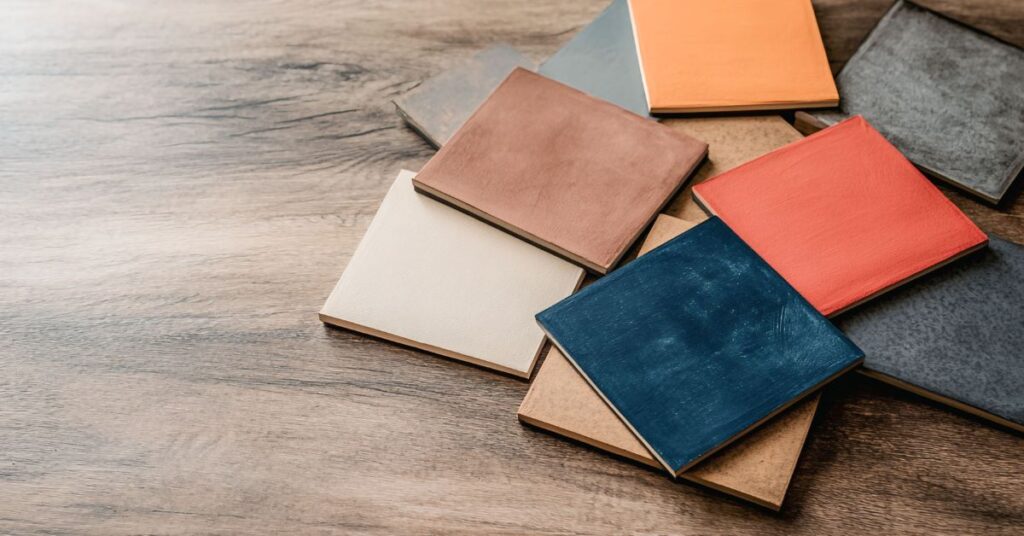When it comes to modern interior design, tiles have evolved far beyond their basic functional role. Today, they are essential elements of visual storytelling in both residential and commercial spaces. Among the most captivating trends is mixing patterns: how to combine different tiles for visual interest—a design strategy that brings character, contrast, and creativity into any environment.
Whether you’re working with a minimal palette or bold design vision, the right combination of patterns can elevate your space to new aesthetic heights. With curated options available in every premium tiles collection, homeowners and designers have a broad canvas to explore creative combinations.
The Design Impact of Pattern Mixing
Mixing patterns is not a random assortment of tiles—it’s a design strategy that brings together two or more different tile designs within the same space to create visual engagement. This might involve combining large-format stone tiles with intricate mosaics, using bold graphic motifs alongside subtle textures, or blending vertical and horizontal placements to achieve spatial balance.
The power of mixed tile patterns lies in their ability to break monotony and add dimension. From geometric layouts to subtle textures, combining tiles strategically creates rhythm and personality in any setting. While the approach requires thoughtful planning, the result is always worth the effort.
For example, contrasting a bold patterned tile from a bathroom collection with a neutral stone tile adds not just visual interest but also spatial depth. Many custom today are opting for such bold-yet-balanced combinations for their bathrooms, kitchens, and even living areas.
Why Pattern Mixing is Gaining Popularity
The growing demand for personalized spaces has led designers and homeowners alike to seek ways to add character and uniqueness without overwhelming the room. Mixing patterns provides just that balance—it enhances texture, offers focal differentiation, and brings life to otherwise monotonous surfaces.
Especially in bathroom collections, where space is often limited, mixing tiles helps define separate functions. A patterned feature wall in the shower area paired with clean, matte floor tiles from the same tiles collection ensures both elegance and practicality.
How to Achieve Harmony While Mixing Patterns
Successful pattern mixing begins with identifying a focal tile—usually the most detailed or colorful option from a tiles collection. This serves as the anchor around which other tiles revolve. The supporting tiles should be simpler in pattern or tone, creating a sense of structure without overpowering the space.
Maintaining a cohesive colour palette is equally important. Patterns from the same colour family or with shared undertones help ensure that the space feels unified rather than chaotic. This technique is commonly recommended by designers and tile experts in leading tiles showrooms to avoid visual clutter.
Incorporating tiles of different sizes also adds interest. A classic example is combining small, intricate wall tiles from a bathroom collection with large format tiles on the floor. This contrast in scale naturally draws the eye and helps define various zones within the space.
Applications in Real Spaces
In bathrooms, pattern mixing can bring depth to compact areas. A vertical strip of decorative tiles behind the vanity, paired with neutral tones from the main bathroom collection, creates a sophisticated feature wall. In kitchens, patterned backsplashes combined with plain floor tiles provide a clean yet engaging visual layout.
Living rooms, foyers, and commercial spaces also benefit from this approach. Some of the most elegant designs start with a consultation in a tiles showroom, where the tactile and visual appeal of various patterns can be experienced in real-time. It’s here that designers often discover unique pairings that transform standard spaces into focal points.
The Role of a Tiles Showroom in Pattern Selection
While digital catalogs offer convenience, visiting a tiles showroom is critical when exploring combinations. Real-world lighting, actual textures, and side-by-side comparisons help ensure that your selections align with your design goals. Most premium tiles collections are arranged in curated sets to inspire effective pattern mixing without trial and error.
Moreover, experts at these showrooms guide you on practical aspects such as tile thickness, finish compatibility, and long-term durability—especially important when working with layered designs in high-use areas like bathrooms and kitchens.
Conclusion
Mixing patterns: how to combine different tiles for visual interest is not just a passing trend—it is a refined approach to personalized, impactful design. When executed thoughtfully using quality options from a trusted tiles collection, this method can bring a unique identity to any space.
Whether you are revamping your bathroom with selections from a contemporary bathroom collection, exploring a tiles showroom for inspiration, or working with an interior expert, the possibilities with pattern mixing are endless. It’s a balance of art and structure—and when done well, it creates a visual experience that stands the test of time.



